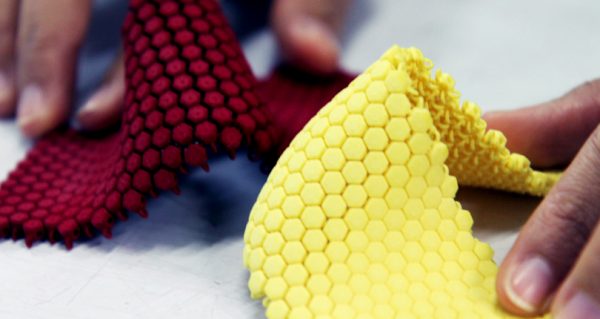Nigeria, Africa’s largest economy, was once one of the largest textile manufacturers in the continent. Between 1985 and 1991, the textile industry employed more than 350,000 workers and about 180 textile mills were in operation. But, that is not the story today, barely 10 of these mills are still functional. This can be attributed to the importation of cheaper fabrics from China and India, inadequate power supply making the cost of production to skyrocket, and lack of funding. Power accounts for about 10-15% of production cost according to a study by International Textile Manufacturers Federation. A study shows that the energy consumed by Inditex (one of the world’s largest textile manufacturer) if all lights are left on overnight is enough to power a small town for 9 years. Power is the major challenge of textile factories in Nigeria- we know this.
But does Nigeria have a chance to key into the textile manufacturing industry now, faced with all these challenges? Nigeria is one of the few developing countries endowed with abundant natural resources that could make it one of the leading economies in the world. If we can look inwards, we will be able to.
But how? The fourth industrial revolution has presented Nigeria with an opportunity to harness the numerous raw materials God has blessed the country with. Technologies that come with the fourth industrial revolution include artificial intelligence, robotics, the internet of things, 3D printing, big data, and machine learning. Proper research on these technologies will undoubtedly give Nigeria the chance to use the raw materials available in this part of the world to make innovative products which cannot be found in any other part of the world. Instead of taking these raw materials outside the country and bringing refined product just like we do with petroleum, we can develop these technologies and export the refined product thereby boosting the nation’s economy.
3D printing particularly has the potential of allowing anyone to own a mini textile mill in his backyard. What is 3D printing? 3D printing is a process of making a physical object by printing it layer by layer from a digital drawing. This technology could disrupt the fashion’s current manufacturing methods by enabling companies to quickly create complex products without specialist machinery. This could radically shorten the design-to-manufacturing cycle, meaning companies can test more prototypes before making their products available in the market or manufacture based on demand. This technology is going to have a huge impact on bespoke fashion design, considering the fact that fast-fashion is gaining huge grounds in the world now. This will undoubtedly boost e-commerce and other aspects of fashion. 3D printing has come to stay and it’s only going to get better with time.
Undoubtedly, the fourth industrial revolution has started and disruptive technologies will in no distant time take out any business that refuses to keep up. 3D printing has made it possible for sustainable fashion to be a reality, in other words, the green initiative of the international community is more attainable. The feed material for fabric manufacturing using 3D printer may comprise a biodegradable component which is environmental friendly. Imagine being able to dispose of an ornament which is dissolvable in the ocean after wearing it during the season. Even though this technology hasn’t gotten to the extent of making a whole outfit using cotton as the feed, some of the parts of a dress and other accessories like eye wears, foot wears, can be made with it delivering a quality and perfect design.
In conclusion, there are great opportunities which the fourth industrial revolution has presented us with. And we have to harness these opportunities for the good of the country and the African continent at large.
Below is a TED Talk video by Olivier Scalabre, where he discusses the possibilities and promises of manufacturing that have come with the Fourth Industrial revolution.
Disruptive Africa Expo is an event from the 25th to 27th of August 2016 where panellists from around the world discuss the implications of this technology in Africa. Visit www.disruptiveafricaexpo.com for more details.


